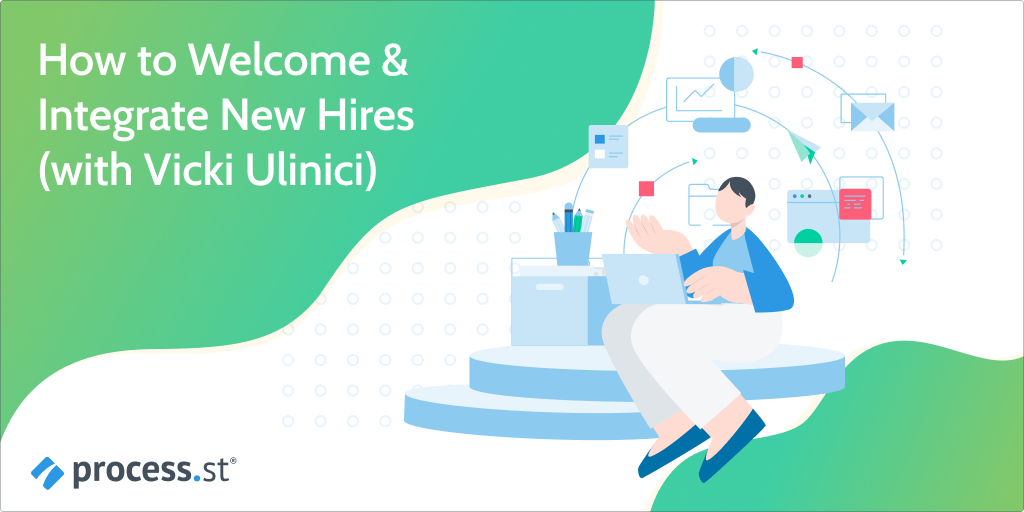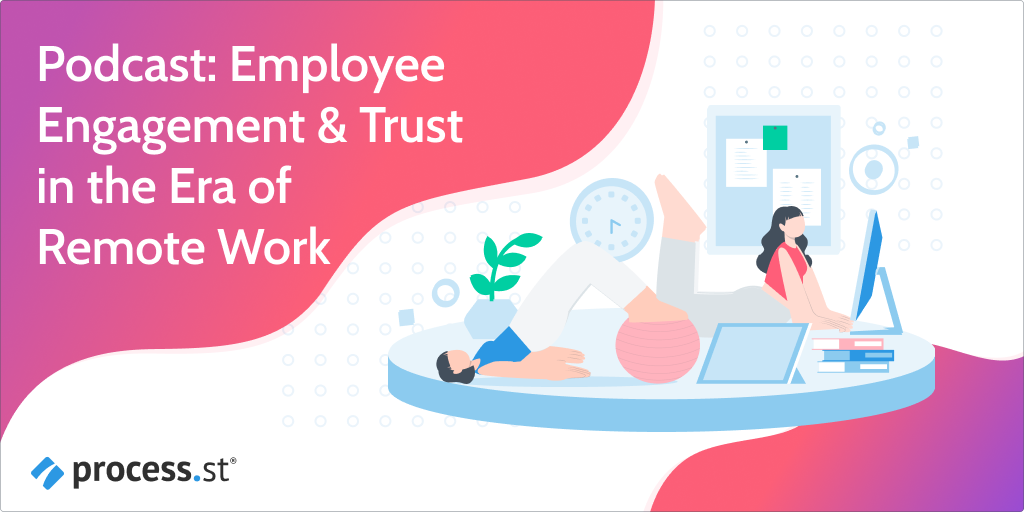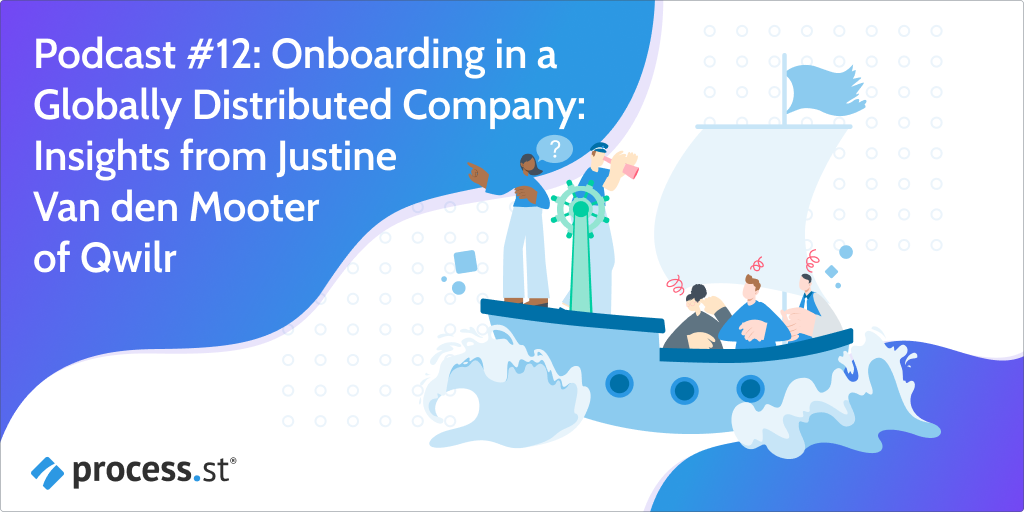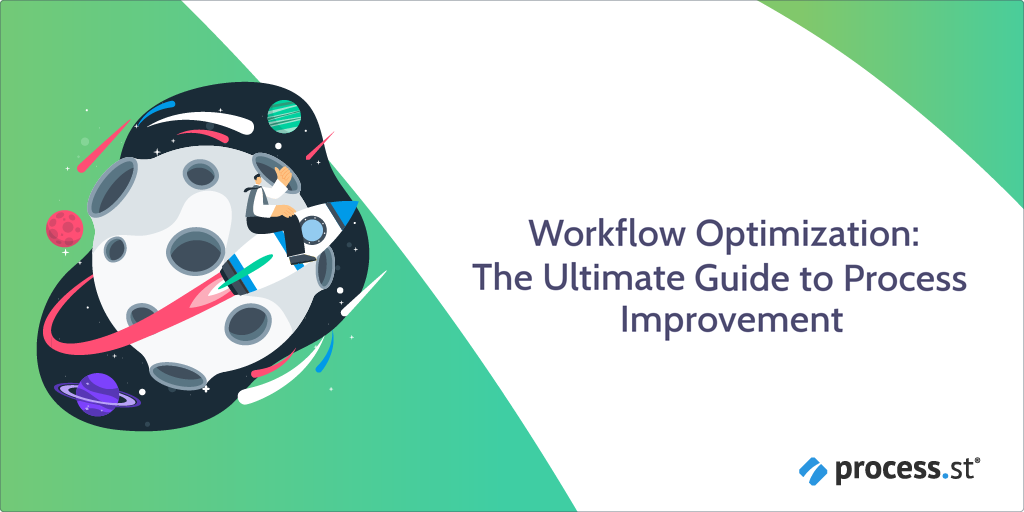
McDonald’s is the master of workflow optimization.
They sell 2.36 billion hamburgers annually. While at college, I estimate I made at least 200,000 when I worked for them. Every one of those burgers was a process involving many tasks. In the kitchen, we had lots of processes. They were difficult to forget, and I’d often wake up shouting, “How many nuggets do you want?!”
McDonald’s processes are continually improved and optimized to be smoother and more efficient. I once discovered a technical – yet easy – process that saved me a lot of work. What was it? At the end of the article, I’ll tell you how I used a 5 step process to complete it.
In the meantime, let’s look at how Process Street can help optimize your workflows. To use workflow optimization, you need to know:
- What is workflow optimization?
- How do you optimize a workflow?
- Optimize your workflows with automation







 Workflows
Workflows Projects
Projects Data Sets
Data Sets Forms
Forms Pages
Pages Automations
Automations Analytics
Analytics Apps
Apps Integrations
Integrations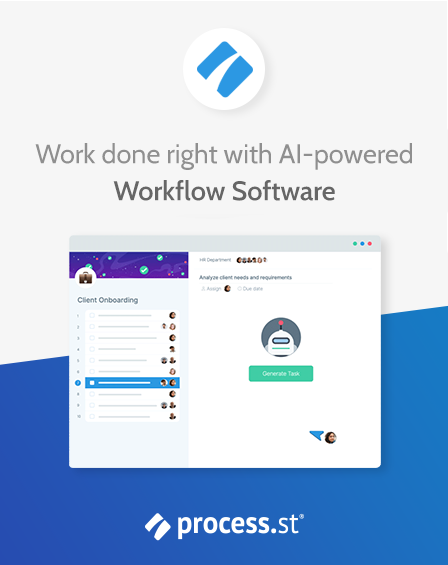
 Property management
Property management
 Human resources
Human resources
 Customer management
Customer management
 Information technology
Information technology




